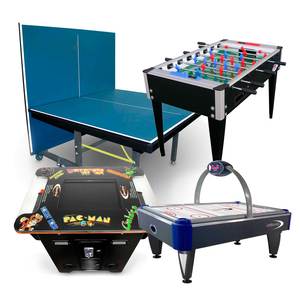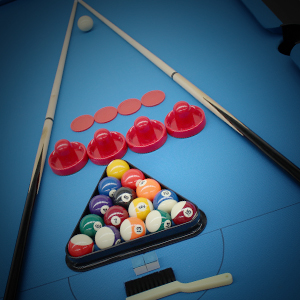Quality Chalk – How Important Is It?
Date Posted:8 November 2016
8th November 2016
Most casual players chalk up their cue’s like they were about to compete in the Olympic weightlifting event. But the funny thing is, many of us don’t actually know why we’re applying that chalk.
This article identifies what makes quality chalk, and why. After reading this article, you should understand why players choose to chalk up their cues.
Why You Need Chalk
Chalk is a great aid in a game of pool or billiards. It adds to and regulates the amount of friction between the cue ball and the tip of the cue stick. The ‘chalkiness’, for lack of a better term, ensures that the cue tip doesn’t slip as it makes contact with the cue ball.
Anyone who has played a bad shot knows that if the tip doesn’t strike cue ball in the exact right spot, you will send the ball in a vastly different direction than planned. Chalk helps to ensure that the contact made between cue tip and cue ball sticks.
What is Chalk?
The chalk used for cue sports like pool and billiards is made by crushing silica and the abrasive substance corundum, or aloxite (aluminium oxide) into a powder.
It is said that the idea behind chalking cue tips come from the French. Apparently, they would grind their cues into plaster ceilings or walls to ensure that there would be friction between the tip and ball on contact.
Why You Need Good Quality Chalk
99% of shots are directed towards the dead centre of the cue ball. The friction provided by the chalk aids in providing a gripping effect on contact between ball and cue. Because of this, the chalk does quite a lot of work for you throughout the game.
A good chalk isn’t too soft and messy, nor is it too hard and abrasive. It should rest lightly on your cue-tip, ensuring that no shiny surfaces are visible. If you are unsure as to the quality of the chalk, rub a cloth lightly over your cue tip after you have applied the chalk. If it comes off easily, it is probably too soft. This means you’ll need to re-apply frequently throughout the game.
How to Apply Chalk
The most important thing to remember when applying chalk is not to grind it on. This is a common mistake. Grinding the chalk onto the cue tip with the action of a pepper-grinder serves to shred away the tip and actually worsen the very situation you are trying to avoid.
Instead, notice parts of the cue tip that are lacking in chalk. Then, using the flat corner sections of the chalk, lightly brush it over the revealed sections of the cue tip. You don’t need to apply a lot – just enough so that any shiny patches are covered with fresh chalk.
If you want to read more interesting pool and billiard related articles, start by exploring our blog page. Alternatively, you can come in and visit our store in Melbourne or Sydney or call us for more information about our pool tables or billiards table accesssories on sale. Call us in Sydney on (02) 9153 8838 or Melbourne on (03) 9553 1418.






